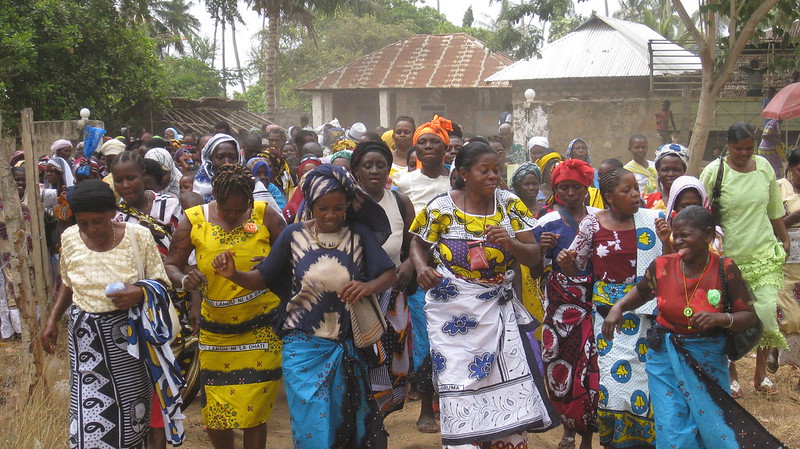“Women’s [and pregnant people’s] needs do not suddenly stop or diminish during an emergency—in fact, they become greater.”

A new resource created by Ipas and the Center for Reproductive Rights aims to help abortion care providers understand and manage their legal risks in areas hostile to abortion rights. The toolkit—”Improving Access to Abortion in Crisis Settings: A legal risk management tool for organizations and providers“—focuses on abortion care providers working in crisis settings, like caring for people displaced by natural disasters or conflict.
It emphasizes the importance of approaching abortion care with a human rights perspective, arguing governments have an obligation to “respect, protect and fulfill sexual and reproductive health and rights during conflict and humanitarian emergencies.” To help ensure states can effectively fulfill those responsibilities, the resource makes recommendations for how governments, organizations and medical professionals can provide accessible, confidential and dignified care for displaced people.
According to a Guttmacher Institute report on refugee reproductive rights, one-fourth of the 129 million people around the world in need of humanitarian assistance are women and adolescent girls of reproductive age. And as they point out, “Women’s needs do not suddenly stop or diminish during an emergency—in fact, they become greater.”
Providing reproductive health services during crisis situations requires unique strategies, resources and knowledge.
According to Carrie N. Baker, a women and gender professor at Smith College and an expert on reproductive rights and sexual harassment laws:
“Natural disasters and political conflict often result in unsafe environments with increased sexual and gender-based violence. In crisis settings, health care systems may disintegrate or be destroyed so that women and girls may not be able to access reproductive health care, which can lead to higher rates of maternal mortality and morbidity. Their lack of information about their rights or available services, as well as inability to afford services and fear of violence for seeking care, puts the health of women and girls at risk.”
The resource also provides guidelines to help abortion care providers assess their legal risks. It encourages them to understand the law in their specific location and situation, and provides suggestions for how providers can research the local legal context.
“Abortion law can be complex and confusing,” said Baker. “Even if abortion is allowed, police, lawyers and judges sometimes don’t know the law on abortion or have biased views against abortion. If local laws are unfavorable to legal abortion, government officials sometimes use the law to intimidate and harass pregnant people and abortion providers.”
The resource lays out a series of questions designed to help providers catalog their legal risks, and the probability that those risks will impact their program. Then, they can make informed decisions and create a plan to ensure that patients can access abortion care, while not putting their providers in unnecessarily risky situations.
Providing abortion care can be a risky—or even dangerous—job. But it is a critical one, particularly in crisis settings and when dealing with marginalized or otherwise at-risk patients. This toolkit provides an essential resource to help medical professionals and their patients understand and reduce their legal risks, and reinforce that abortion care needs to be accessible and safe for people dealing with humanitarian crises.
You may also like:





